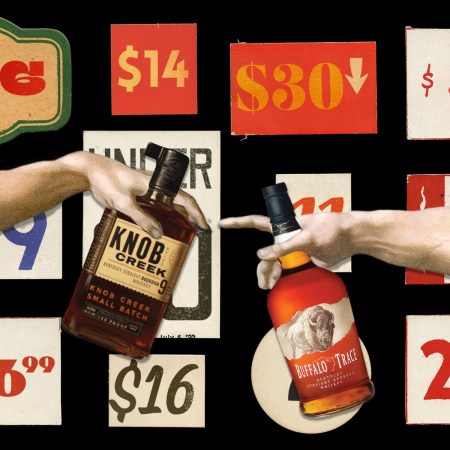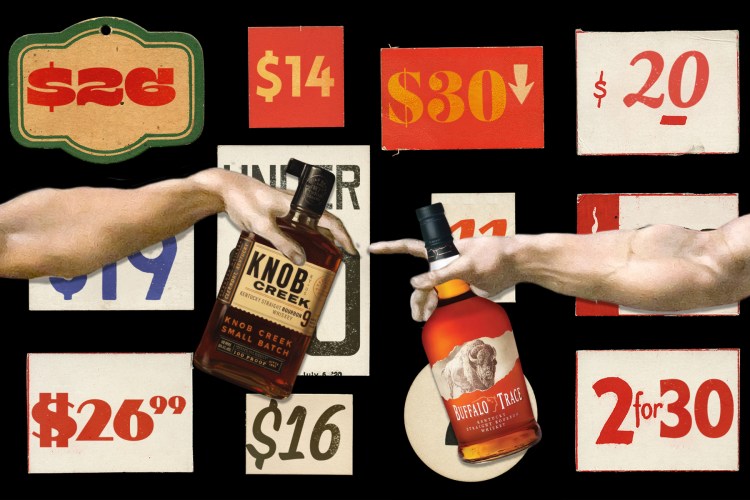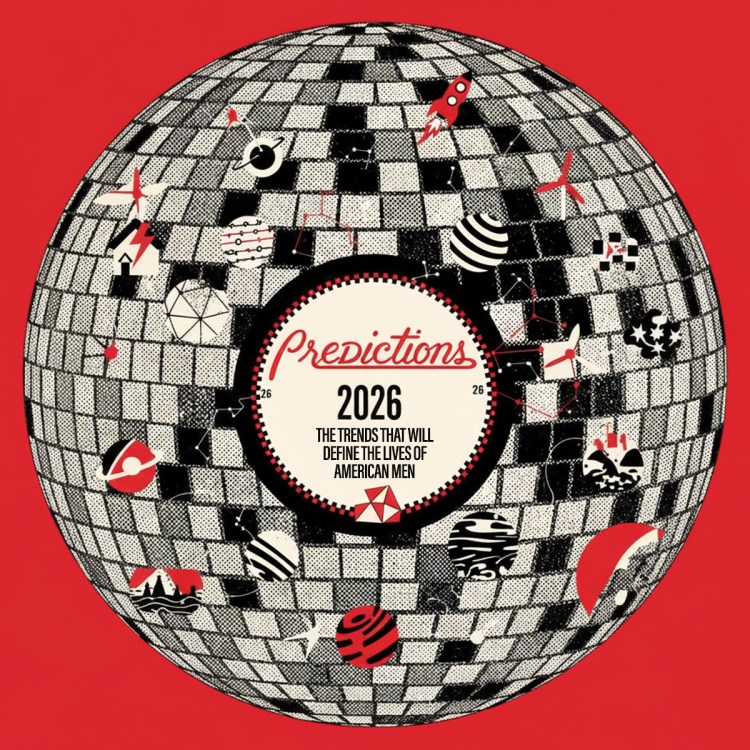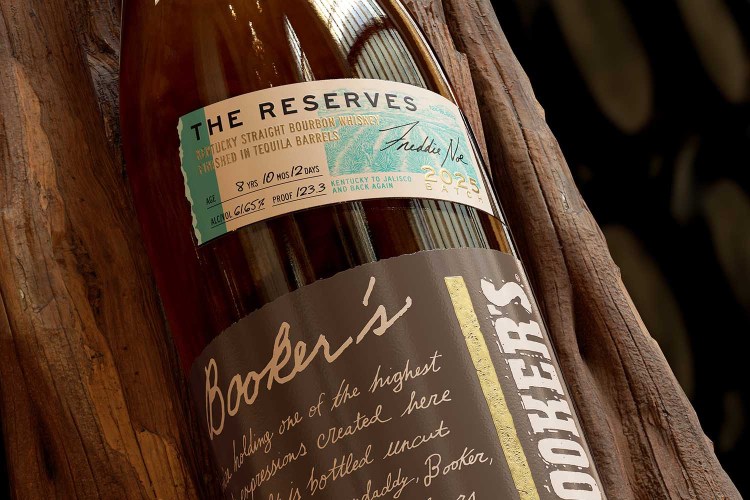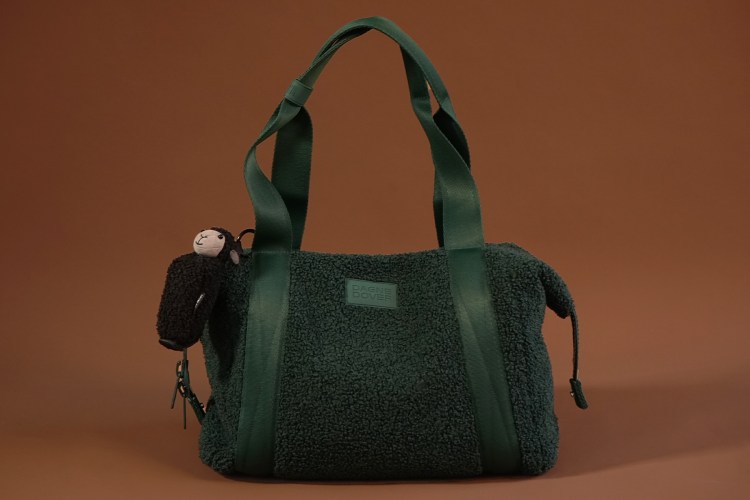I was at my local dispensary recently, eavesdropping on a jacked dude who seemed legitimately scared of THC. The juxtaposition of a giant guy afraid of getting high was endearing. As I listened closer, he said he was training for a fight and was looking for something with CBD to help with pain relief.
Like THC, CBD is a cannabinoid found in many cannabis products, but the main difference is that it doesn’t produce intoxicating effects. CBD is also permitted for athletes to use, whereas THC is prohibited by the World Anti-Doping Agency (WADA). So the big fella wasn’t afraid of anything besides a disqualification.
In the end, the budtender explained that although he wasn’t interested in THC products, a CBD gummy with a small amount of THC may still be better for pain management, at least post-competition. Though I suspected the associate may have been merely upselling, experts like Dr. William Troutt, a licensed naturopathic doctor and Trulieve’s Resident Medical Director, agree with this advice.
“Some people don’t want to feel any of the psychoactive effects, so we’ll look for a very low-dose type of THC product and one that’s potentially more dominant in CBD,” Troutt tells me. “You might still get a sense of well-being that comes along with it, but not necessarily what people may describe as feeling ‘high.’”
The main reason why THC and CBD work better when combined is what scientists refer to as the “entourage effect.” Not to be confused with the early-aughts HBO series, it’s a theory among scientists and medical professionals that cannabis is most effective when multiple compounds of the plant are combined.
In fact, there are hundreds of compounds in cannabis in addition to THC and CBD that could spark more than a good time — with the potential to support relaxation, pain management and overall health.
As with any serious medical concerns, you’ll want to consult with a doctor if you’re considering integrating cannabis into your treatment regimen. But for everyday aches and pains, a little non-psychoactive weed could be worth adding to your medicine cabinet — especially if you know what you’re shopping for. With over 30 years of experience in cannabis research, Troutt shared insight on how to find what weed products work best for you.
Why a Little THC Goes a Long Way
To explain why THC is such an important cannabinoid, it’s crucial to have an understanding of the endocannabinoid system (ECS). Although scientists are still figuring out the intricacies of this complex system, Troutt says that “we know based on the literature that the endocannabinoid system is the main system that’s involved with coordinating homeostasis and the healing process.”
The ECS consists of two main cannabinoid receptors: CB1 receptors are found mainly in the brain and central nervous system (CNS), and CB2 receptors are found in cells throughout the immune system. These receptors are activated by natural endocannabinoids, such as anandamide, which are enhanced in the body through healthy activities like exercise. CB1 and CB2 receptors can similarly be activated by cannabinoids found in plants like cannabis or made in a lab.
Your Brain Is Programmed for Negativity. Here’s How to Rewire It.
Twelve mental traps you keep falling for — and what it takes to break the cycleTHC is one of the most powerful among these compounds, but other cannabinoids like CBD “provide support to the activity of THC,” Troutt explains. “That’s why so many people choose to use THC, because having it in conjunction with these other cannabinoids provides an entourage effect on the system as a whole.” Again, you don’t need to consume a psychoactive amount of THC to activate CB1 and CB2 receptors — a microdose of one milligram may be enough when it’s part of an entourage of other cannabinoids.
How to Find the Right Products for You
Smoking or vaping weed may be more appealing to someone who wants the effects to kick in faster and wear off in a shorter timeframe — a process of about two to four hours. But given the health risks associated with inhaling smoke and chemicals, it makes sense that this method would not appeal as much to someone searching for health hacks.
As for edibles, most of these need to be digested and metabolized first, so they can take up to two hours to kick in, and the effects last up to eight hours. This could be a good fit for someone looking for a good night’s sleep, rather than for immediate effects. Meanwhile, for individuals who want quicker relief but don’t want to vape, Troutt recommends looking for sublingual or oromucosal cannabis tinctures, edibles and sprays. These products are absorbed in the mouth, so they enter the bloodstream faster than non-sublingual edibles.
Strains That Soothe
CBD is the most well-known non-psychoactive cannabinoid, with the capacity to alleviate pain, aid sleep and quell anxiety. Among medical cannabis patients, though, many gravitate toward THC-dominant strains or those with a balanced ratio of THC and CBD, supporting the entourage effect, according to one study. A majority also favor hybrid or indica strains.
Patients in that study reported conditions including chronic, musculoskeletal and neuropathic pain, as well as PTSD, depression, insomnia, somatic pain, ADHD, migraines, restless legs syndrome and fibromyalgia. The most commonly prescribed specific strains of medicinal cannabis — Bedrocan, Bakerstreet and Pedanios — all feature high THC-to-CBD ratios.
While Troutt cannot recommend specific strains to individuals he doesn’t treat directly, he explained that emerging cannabinoids may complement THC. He also noted that cannabinoid concentrations vary by plant. These details are outlined in a product’s certificate of analysis (COA), which is typically accessible via QR code on the label or by asking a dispensary budtender.
Weed for Sleep
Cannabinol (CBN), a compound formed as THC ages or oxidizes, has been linked to reduced sleep disturbances. While combining it with CBD didn’t further improve sleep in some studies, CBD also didn’t interfere — and other research suggests CBD may have its own mild sedative effects.
Because of this, many sleep-focused edibles feature low doses — typically one to five milligrams — of THC, CBN and sometimes CBD. Some strains, like Bubble Gum and Purple Cadillac, are cultivated to contain more CBN, but because the compound develops as cannabis ages or is heated, nearly any strain can end up with higher CBN levels over time.
CBN is mildly intoxicating, with about 15% of the psychoactivity of THC, according to Troutt. But if everything works as intended, you’ll be asleep before you notice.
Weed for Your Gut
Cannabigerol (CBG) has been coined “the mother of all the cannabinoids” because it’s the precursor from which other cannabinoids like THC and CBD are synthesized. “I’m really excited about the CBG products we’re seeing being produced now,” Troutt says.
CBG has shown antioxidant and anti-inflammatory properties, which is promising given how many health issues are rooted in inflammation. Early research links CBG to reduced symptoms of inflammatory bowel disease (IBD), and one small study suggests that combining CBG with CBD may help ease stomach pain related to irritable bowel syndrome (IBS). Strains like White Widow and Jack Frost are known to contain notable levels of CBG.
Weed for Appetite Management
Delta-9-tetrahydrocannabivarin (THCV) is a newer cannabinoid gaining attention at dispensaries. Sometimes nicknamed “weederall,” it’s thought to boost energy and suppress appetite. Most of the scientific evidence so far comes from animal studies, though. “I think we’ve got a lot of research to do to really tease that out…whether or not humans will see those types of benefits with it,” says Troutt.
That said, Troutt has observed that THCV products generally don’t trigger the appetite spike associated with traditional THC. For those looking to avoid the munchies, strains that may contain THCV — depending on their certificate of analysis (COA) — include Durban Poison and Pineapple Purps.
Weed Helps the Body Heal
Despite its documented therapeutic potential — for conditions ranging from insomnia and chronic pain to fibromyalgia and IBS — Troutt is careful not to call cannabis a cure-all. After more than three decades studying the plant, he believes its primary function is to support the body’s endocannabinoid system. In theory, this allows the body to rebalance and heal itself more effectively.
Because the nervous system contains a concentration of CB1 receptors, experts suspect the endocannabinoid system plays a role in regulating the CNS. The nervous system has two distinct modes: sympathetic and parasympathetic. Stress activates the sympathetic nervous system — commonly known as the fight-or-flight response — causing an increase in heart rate and blood pressure, along with heightened senses.
But when the parasympathetic nervous system is activated, it promotes rest, digestion and recovery. Healthy practices like exercise, meditation and breathwork can shift people into a parasympathetic state — and so can weed, Troutt confirms.
When we’re stuck in fight-or-flight mode, we’re more prone to illness and slower to heal. But when the parasympathetic system takes over, the body has a chance to rest, recover and rebalance. If cannabis is one way to ease that shift, it stands to reason it could support broader health and wellness.
If cannabis is ultimately about helping the body achieve homeostasis — and every body is different — it makes sense that individual experiences with the same product can vary widely. Still, if you live in a state with a medical or recreational program and are curious about how cannabis might support your health, being a smart consumer is key: read product labels, review the COA and don’t be afraid to ask questions.
I may not have learned my lesson about eavesdropping at dispensaries, but I did learn a lot about cannabis and wellness from talking with Troutt. And while there’s no way to know if those gummies helped the big guy win his fight, here’s hoping they made him feel a little better.
The Charge will help you move better, think clearer and stay in the game longer. Subscribe to our wellness newsletter today.








